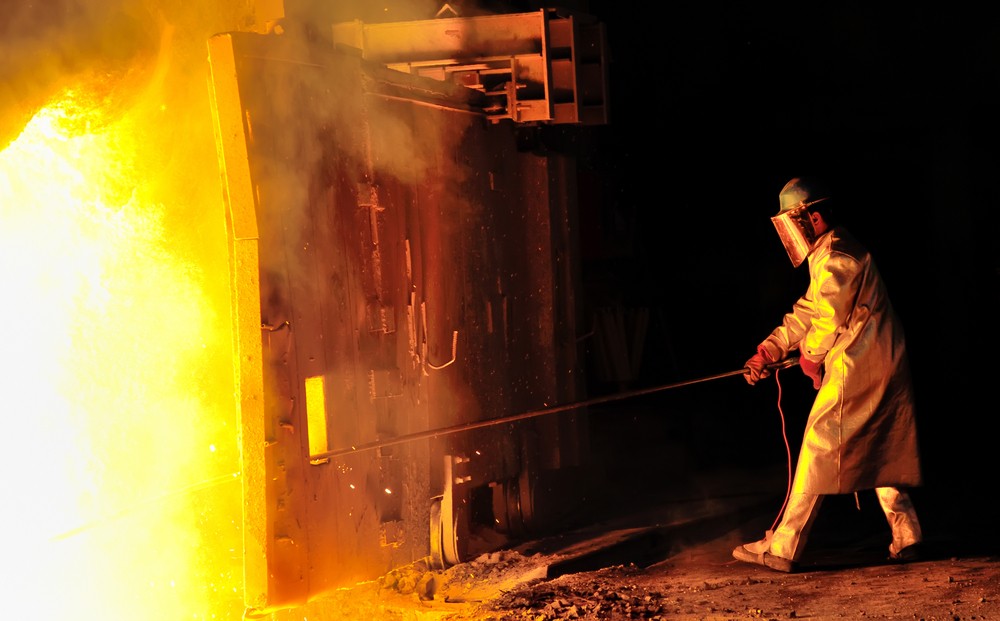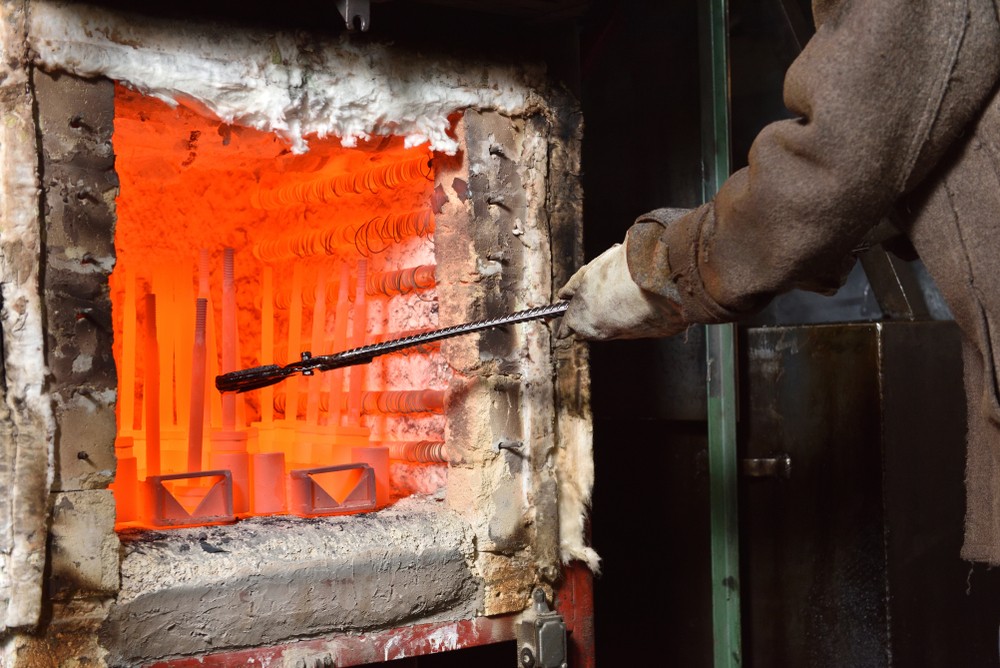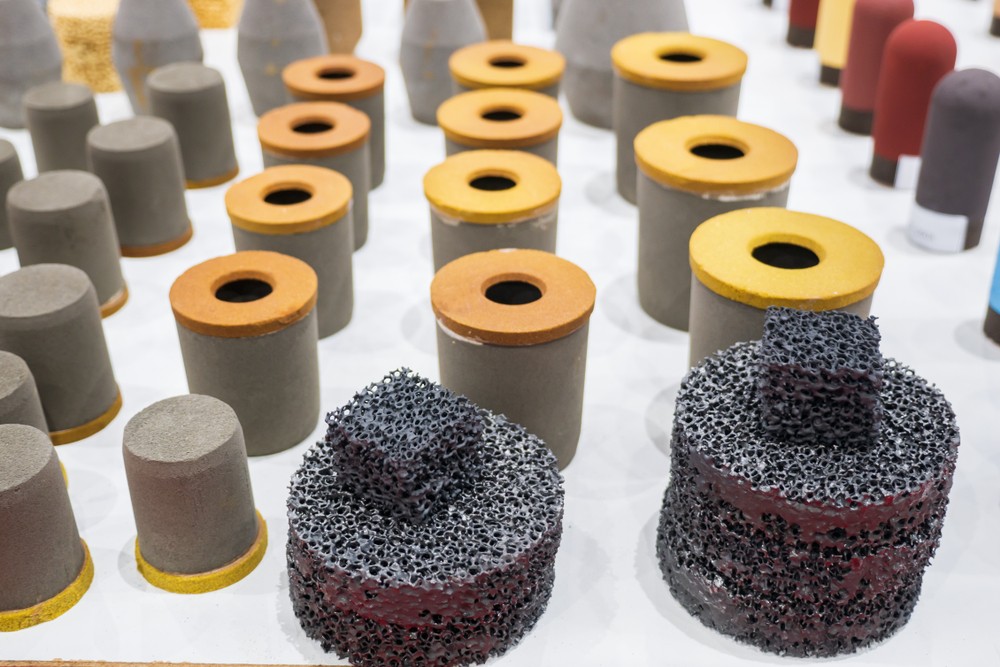How to Mitigate Excessive Wear on Refractories

Many manufacturing facilities have refractories that are built to protect high-heat equipment. Specifically, metalworking facilities rely on refractories for kilns, incinerators, heat treatment ovens, and more. And although they’re the toughest of the tough in a factory environment, refractories eventually give way to the extreme duress they experience. It’s important for manufacturers to pay attention to the condition of their refractories and do what they can to mitigate excessive wear.
What causes refractory damage?
Refractories handle the roughest, toughest conditions in the factory — high heat environments. They’re subject to temperatures as high as 3,000 degrees (Fahrenheit), which causes constant expansion and contraction of the concrete structure (hence the name, refractory). Moreover, ash and soot buildups, along with slag and splash damage, are common over time. Given their everyday use, these detractors add up quickly.
Beyond environmental damage, there’s also operator damage as well. Refractories may experience excessive duress under poor operational management. For example, rapid heating and cooling outside of specification can cause thermal shock, affecting the structural integrity of refractory installations. And, of course, improper use of refractories lends to the development of faults.

Identifying refractory faults and failures
A well-built refractory structure may function without symptoms of a fault for decades. However, manufacturers should always be on the lookout for evidence of stress, failure, or developing problems. Some of the common signs include:
- Cracking: Monolithic refractories develop cracks with time, but most cracks aren’t serious or cause for concern. A crack becomes cause for concern when it exceeds 3/8” or forms step cracks, wherein cracks bridge together.
- Deformations: Hotspots where the refractory lining is failing can cause deformations. High heat and thermal shock also can affect areas of the refractory, leading to leaning or partial collapse.
- Heaving: When temperatures exceed original design specifications, it’s not uncommon for floor heaving to occur. Excessive wear on inadequate expansion joints also may cause heaving.
- Slag damage: Slag damage and subsequent buildups on walls can affect the integrity of sections of your refractory, leading to focused weaknesses that may culminate in deformations or cracking.
The range of potential refractory faults is extremely robust, with specific engineering examples for manufacturers to be aware of. Cracking, deformation, heaving, and slag damage are simply the most common.

How to protect against excessive refractory wear
The best approach to refractory maintenance and care is simply to observe installation guidelines. Operating within appropriate temperature tolerances, avoiding instances of excessive thermal shock, and using refractories in an appropriate capacity are the simplest means of preserving them.
It’s also smart to be wary of “overprotective” maintenance. Filling in natural refractory cracks could hinder the monolith’s ability to properly expand and contract. Likewise, excessive cleaning of the liner and interior — especially with abrasives — may weaken the resilience of the structure.
Aside from observing installation guidelines, manufacturers should also practice general light care and repair. Removing excessive slag and debris buildups, keeping metal components clean, and maintaining proper temperature control configurations will keep a refractory operating reliably over the long haul.
